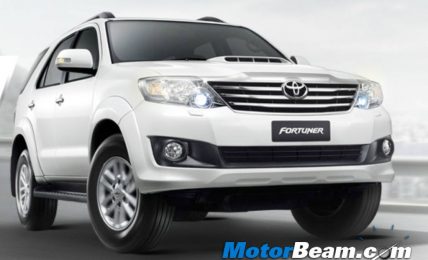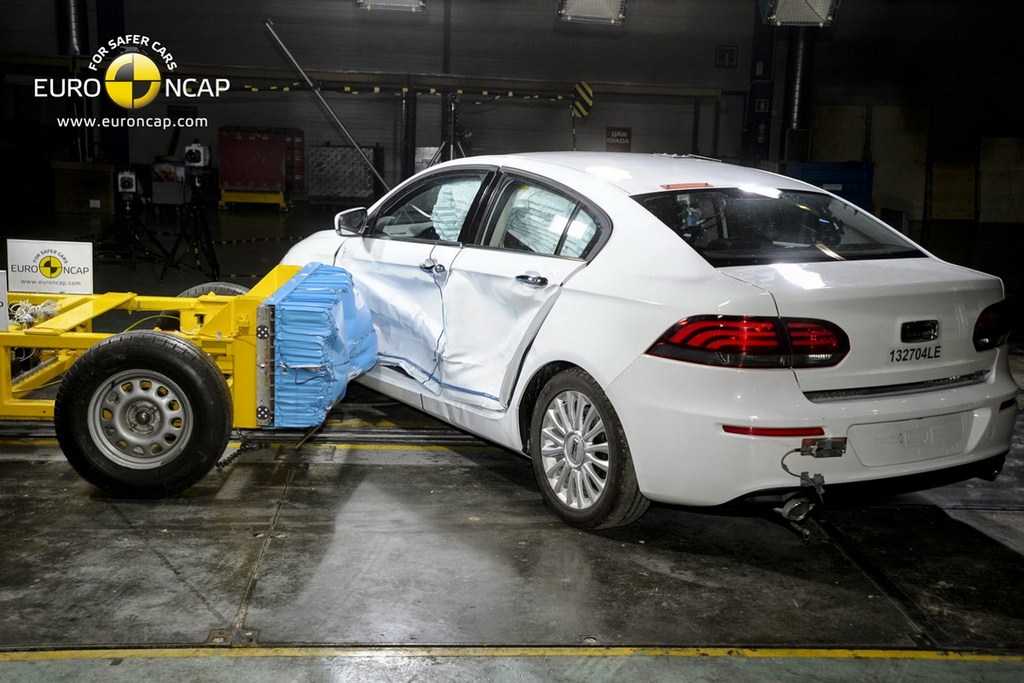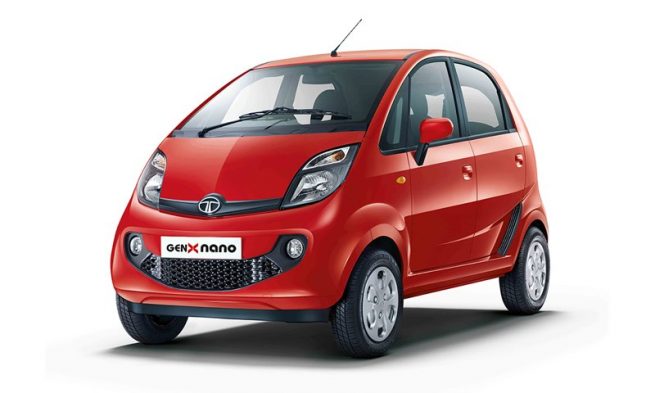
Some cars are pulverised by obnoxious pricing strategy, while some fail owing to negative consumer perception of the car or brand or both, in certain cases.
Manufacturers are gung-ho about their new car launches. Over the past 3 decades, the fray in the Indian automotive scenario has gotten so intense that not all are able to succeed. While some cars proved to be quintessential examples of faux-pas, there were some the torch-bearer, which is the Indian audience never bothered to throw light upon and created a bare ripple when they were launched to take the market by storm. Here are some epitomes of those cars which deserved a lot more heed than they actually got.
Opel Astra
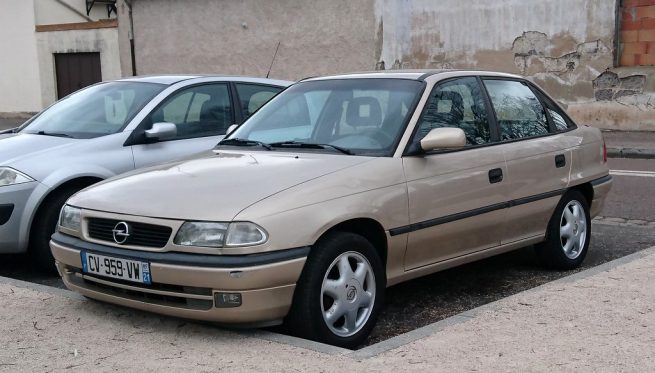
The brand’s maiden offering in the Indian market, the Astra was an executive sedan that targeted the likes of the Daewoo Cielo and Maruti Suzuki Esteem at the time of its foray in the Indian market in 1996. Its mitochondria was a 1.6-litre engine that produced a measly 76 HP and 121 Nm of torque and in its top-of-the-line ‘Club’ trim, came with features such as a sunroof, front and rear power windows, AC and such other features which were considered to be ‘premium’ back in the day. However, what tarnished its reputation despite bearing tantalising looks and a spacious cabin is poor reliability, high service costs and low resale value Opel cars could fetch.
Hyundai Sonata
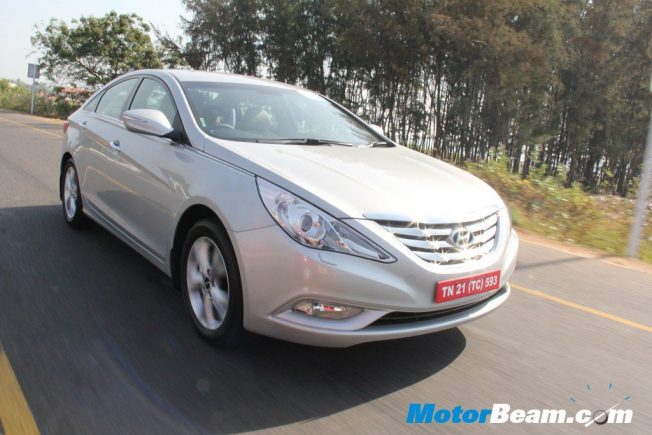
At the time of its launch, Hyundai was tapping multiple segments simultaneously. The Sonata was the brand’s second saloon car offering in 2001 after the Accent’s runaway success and was pitted up against the Ford Mondeo and the Honda Accord. Its headlights that resembled the W203 Mercedes-Benz C-Class and a hunkered down stance created a regal look which led to imposing road presence.
Its 2000cc gasoline engine good for 134 HP was adequate enough and the ‘Gold’ trim got additional new-age features such as an air-purifier, electric mirrors, traction control, leather seats, automatic climate control and 6-CD changer which made for a pretty expansive gismos list for its time. However, Hyundai’s poor brand recognition and the car’s performance-focussed credentials happened to be the major factors to languish its sales potential.
Ford Mondeo

After the lukewarm response to the Escort but overwhelming response to the Ikon, Ford seemed to be betting big on its Indian wing. Hence, in 2002, it launched its most plush and performance oriented sedan, the Mondeo. To add to its wow factor, it featured a mien which was as if it were designed for the honchos getting a seven-figure salary. To make sure it addressed the needs of the most fastidious people, it also came with features such as Anti-lock Braking System (ABS), leather seats, airbags, and an integrated (in-dash) stereo system.
While this might make for a bland features list today, it actually meant a lot to the customers in the early 2000s. However, its electrical faults, competition from the Skoda Superb, Hyundai Sonata and the Toyota Camry and steep pricing being a CBU resulted in an austere destiny for this otherwise well-packaged car.
Hyundai Terracan
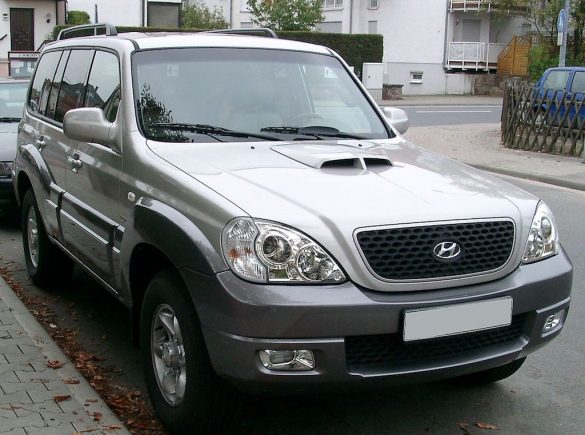
It’s quite likely that many wouldn’t have even heard about this luxury SUV from Hyundai dating back to the year 2003. Yes, you’re reading it right. Also the brand’s first dabble with the premium SUV segment, its main rival was the Mitsubishi Pajero and later, competed against the Ford Endeavour and the Honda CR-V in the soft-roader segment. It came tech-laden to the gills with features such as selective all-wheel drive layout, leather seats, climate control and even auto-dimming rear view mirror.
Hyundai has given us amazingly powerful diesel cars in the past with its legendary CRDi drivetrain. And this did resonate with the Terracan’s 2.9-litre diesel mill adequate for 143 HP and a stonking 343 Nm of twisting force. It also allowed to sit 7 occupants in comfort. While Hyundai tried to make this car a jack of all trades and a master of all, the ailing car resulted in a debacle selling just 200 units at its peak in 2005 because of inconsistent quality, poor brand image and competition from the heavy weight biggies such as the Pajero and the Endeavour.
A similar tale was reiterated by its smaller sibling, the Tucson in 2005 which was smothered not only by the brand’s poor reputation as a premium carmaker, but also its looks.
Maruti Suzuki Kizashi
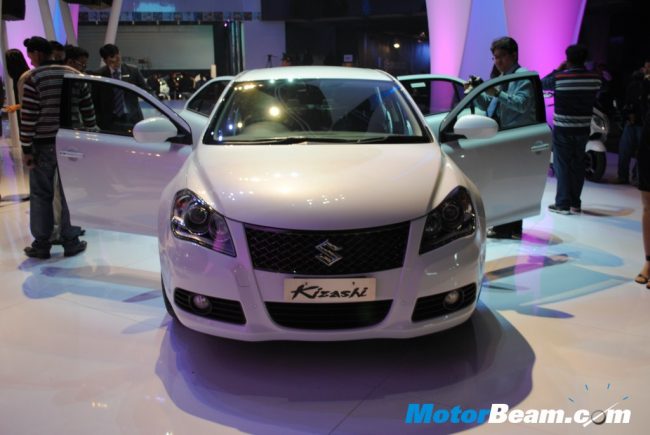
Undoubtedly the best sedan ever sold by Maruti Suzuki in India, the Kizashi took off straight from Japan via the CBU route and landed on the Indian soil only to sink in the quicksand. Positioned above the erstwhile SX4, it rivalled some highly competent offerings such as the Skoda Superb, Honda Accord, Toyota Camry and the VW Passat which had more bling, came with more features, felt opulent on the inside, provided a limo-like space for the nabobs being chauffeured at the back and were more potent than the Kizashi too.
Sure, its 2.4-litre gasoline mill churned out a scintillating 174 HP but that also meant ridiculously low ‘kitna deti hai.’ Add to it Maruti’s recognition as a budget carmaker and it scarcely helped the Kizashi in becoming a blockbuster success.
Mahindra Alturas G4
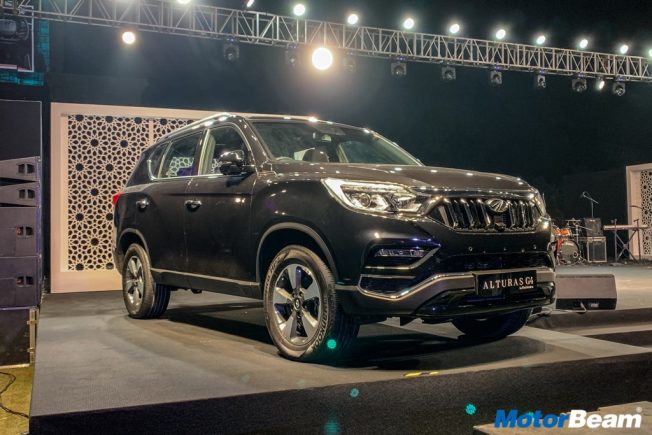
After the shamefully low sales volumes of the Ssangyong Rexton, Mahindra thought of giving the second-gen Rexton a second chance in the Indian market. Much more thoughtfully designed this time around and packed with features to the brim, it was destined to give the long-standing emperor of the segment, the Toyota Fortuner a run for its money.
It was dynamically capable, power was delivered suavely through Mercedes’ 7-speed automatic transmission, was ergonomically sorted and oozed immense sense of prestige with its high-quality leather material for the seats and the dash. Yet it was nothing but a fiasco as a very few people would aspire to own a 30 lakh rupee Mahindra.
Tata Hexa
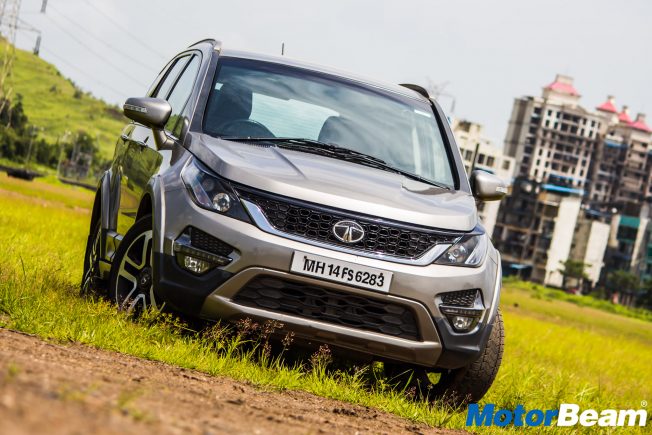
All eyes were on Tata Motors at the time of reveal of its then most expensive and luxurious people carrier, Hexa. A second take on the Toyota Innova after the Aria, the Hexa reeked luxury whichever angle you gaped at. A mighty front fascia, strong side profile and a marvellously executed rear accentuated its design that nobody loathed. With the Safari’s Varicor motor being loaned to the Hexa, it made the car a joy to cruise too.
Tata made sure it was well specced out in terms of features as giving nightmares to the Innova and the XUV500 was nothing shy of a Sisyphean task. However, its Japanese rival contender hasn’t spared anyone till date and the Hexa too, bit the dust within just 3 years of its launch. The Hexa Safari edition showcased at the Auto Expo last year hasn’t been in news recently either.
Datsun GO
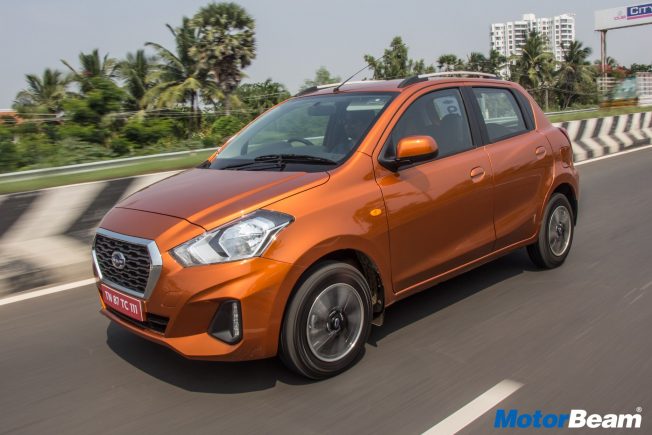
The GO was the first model Datsun rolled out of its factory in India at the time of commencement of operations in 2013. It was reviewed as an affordable but ‘cheap’ hatch that Nissan had to offer to the first time car buyers. While it was off to a great start, it couldn’t keep pace with the rapidity of the momentum at which things were progressing in the budget hatchback segment.
The year 2018 witnessed a substantial facelift for the GO which had the car getting spruced up with features such as a CVT automatic transmission, a touchscreen infotainment system, dual airbags and taut plastics that aroused a sense of occasion on the inside. However, this change was perceived as too little, too late specially after the birth of the Tata Tiago and the new Hyundai Santro, the most hyped launch of the year. But even today, those looking to avoid the shortcomings of an AMT and trawl for a no-nonsense hatch, this is an underdog that one should keep as a serious consideration.
Toyota Yaris
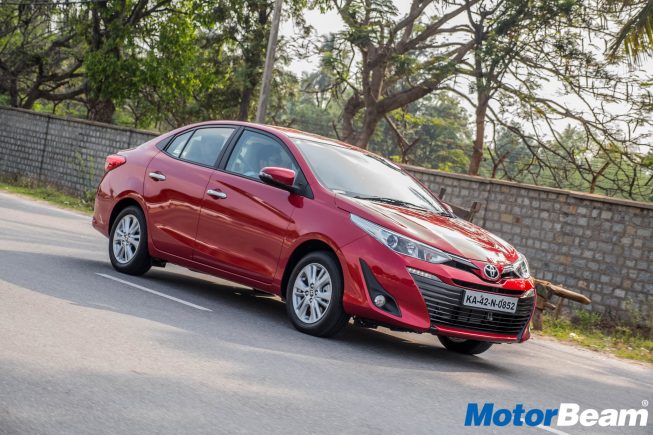
After much anticipation, Toyota went all guns blazing at the executive sedan segment and slotted the Yaris between the Etios and the Corolla Altis. Toyota had worked with utmost diligence to claw back a solid slice of the pie by offering features such as 7 airbags, roof-mounted rear AC vents, paddle shifters, tyre-pressure monitoring system, front and rear disk brakes, reverse camera, stability control, hill-start assist, gesture control, navigation, sunshade and keyless entry among others.
However, its meek 1.5-litre petrol engine with a trivial 103 HP and 138 Nm torque meant the performance was nothing to write home about. The CVT transmission showed its ‘rubber-band effect’ and made for a gruff ride. Despite offering solid value for the money, the car got knocked out right from the beginning as the petrol lacked adequate performance and the diesel engine? Well, it was never offered. These reasons led to woebegone times for the Yaris and it will be replaced with a rebadged version of the Ciaz in the coming days.
Which cars do you think deserved a lot more love in the Indian market?


